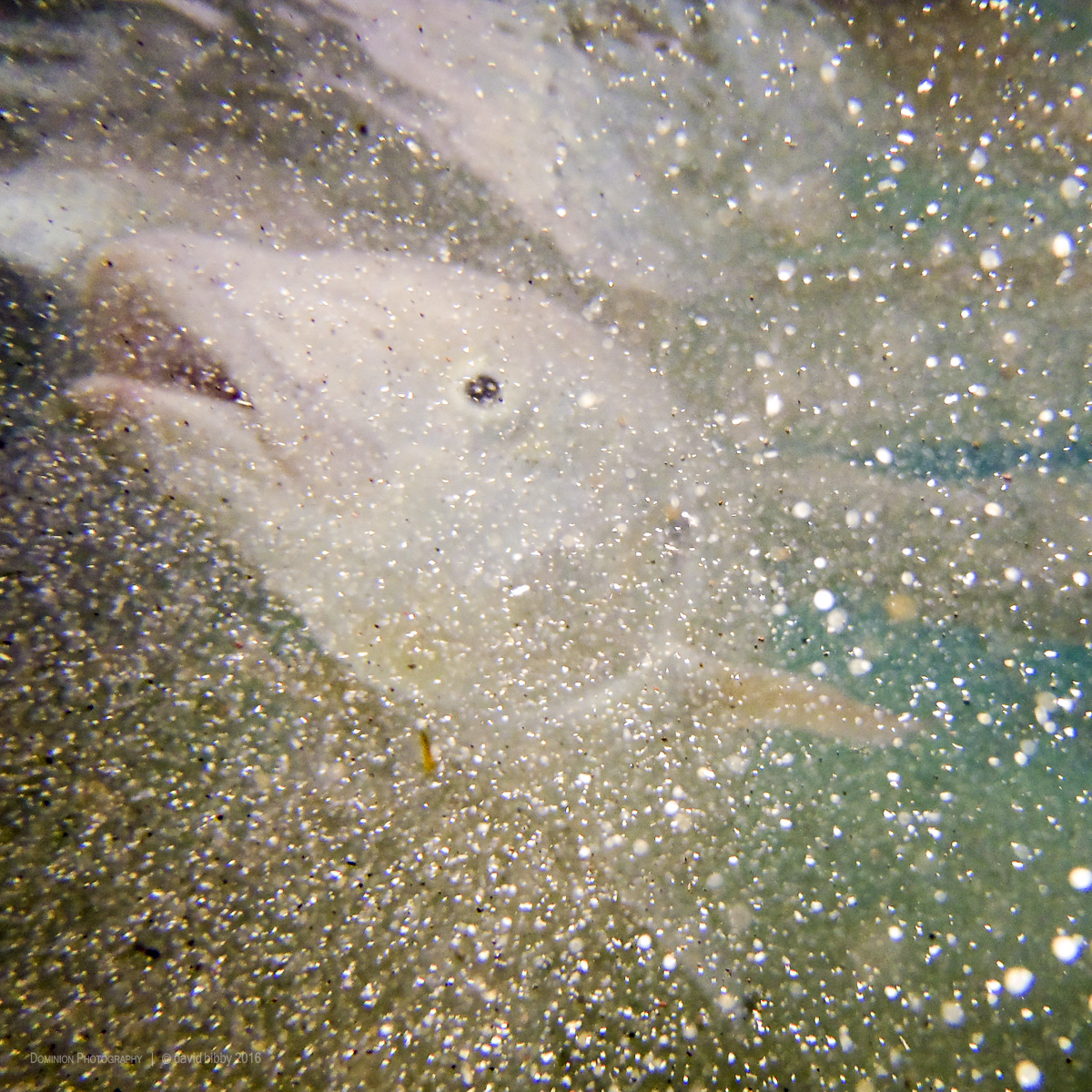Ned likes vinegar on his chips
The intertidal zone is a constantly shifting, changing place but also the boundary between the water and the air. For the surge wrasse and sand mullet, the constant action of the waves in the intertidal zone is their home. They are adapted to the otherwise catastrophic changes in water depth in the shallows, turbulence filling the water they breathe with suspended sand.
Not quite at home in the shallows are the spangled emperor and the Sydney drummer. Human intervention has brought them here for a free feed. They’re more cautious, acutely aware that they could be left high and dry if they don’t pay attention—until the food arrives!
We inhabit the other side of that boundary, despite that most of us live very close to it. Even though we may enjoy occasional visits to the rushing, cool water, we cannot survive below that surface for long. The opposite is true for many of its aquatic inhabitants. We have each adapted to our environment to the exclusion of the other, and yet this liminal zone attracts us both: a place where we come together and interact for a time.
So what does this place of rushing water look like from their perspective? This series, shot at Ned’s Beach on Lord Howe Island, is a whimsical attempt to capture a fishy view of the world between the air and the sand.
















